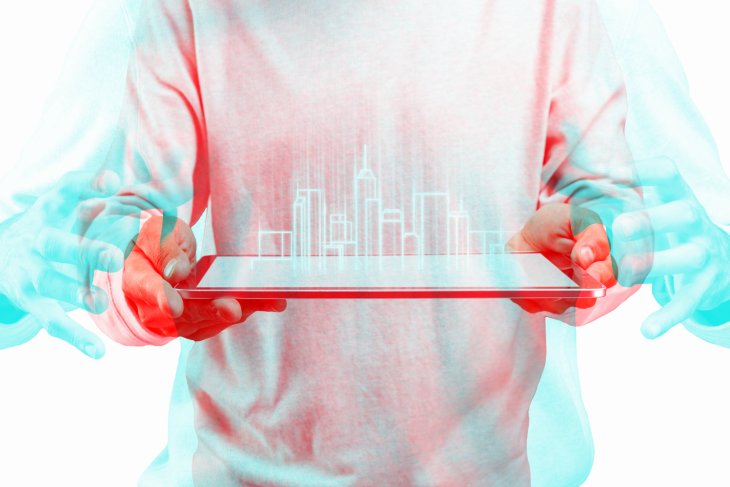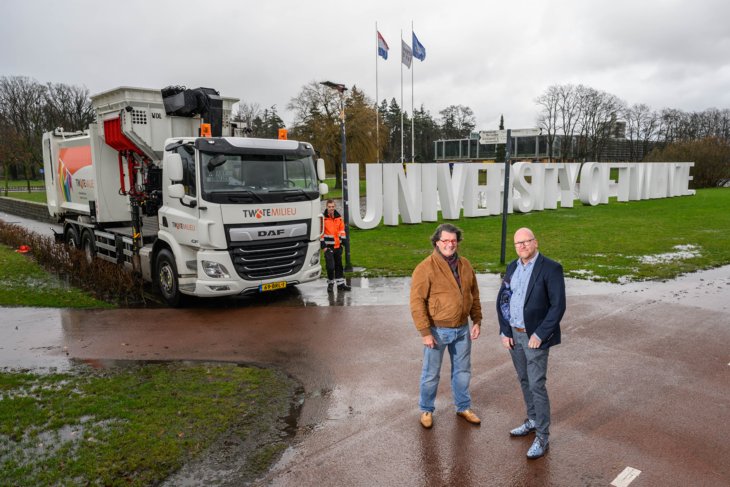Digital twin cities paving the way for urban decisions with a lasting impact
There is a way to test and analyse different scenarios before breaking ground. This is possible thanks to digital twins. A digital twin city is a replica of its physical counterpart. Updated from real-time data and using simulation, AI, and pattern recognition, the digital twin comes to life. Digital twin cities provide ample opportunities to improve urban planning in domains such as infrastructure, traffic, construction, and energy usage, among others.
“If you do the planning well, there will be fewer risks, and the operation costs will be lower. Doing better planning pays off,” says Dr. Ville Lehtola, Assistant Professor in the Earth Observation Science Department at the University of Twente, who combines technical research and societal understanding garnered from his past experience as a city councillor in Espoo, Finland.
Digital twin cities reveal what the outcome would look like. Therefore, decision-makers can simulate scenarios and make informed choices that will increase the quality of city life. “We understand the past and present, but the decisions we make today may have unpredictable developments tomorrow. Digital twin techniques offer more accurate predictions to anticipate decision impact.”
For example, applying digital twin techniques can optimise traffic flow. A digital model of a traffic structure is created. Meanwhile, sensors at intersections gather real-time data on pedestrians' and vehicle movements to identify potential safety hazards. By integrating insights from the digital model and sensor data, urban planners can make informed decisions to improve traffic management and decrease accidents.
Harnessing digital twins for a more sustainable future
Digital twins can play a significant role in sustainability efforts. For instance, simulating risks created by high temperatures or dust storms in a city can ensure that designs for the built environment are more resilient.
Moreover, those techniques can be applied to minimise environmental pollution and conserve resources. For example, they can help track waste generation, collection routes, and recycling rates. By analysing this data, cities can reduce landfill waste and promote recycling and composting initiatives.
Beyond cities, the potential of digital twin techniques
The applications of digital twin techniques are versatile, going beyond urban environments. In a European research project on extended reality (XR), XTREME, Lehtola and his team play their part in capturing art and music performances at operas and museums in digital replicas. This not only provides immersive experiences but also contributes to innovation in art presentation.
“Our ambition is to mimic synesthesia, such as the sensation of hearing sounds that evoke images or scents. To achieve this, we record the background scene and the visuals and sounds of a performance. Then, we add effects so that, for example, when a specific sound or movement occurs, the background ripples in colours,” Lehtola explains.
Digital twin dilemmas: challenges and collaborative solutions
Lehtola explains that there are many challenges in the real-world applications of digital twins. More data points are becoming available to inform the models, with sources including autonomous cars, drones, and street maps equipped with smart sensors. As the technological possibilities increase, so do the challenges, especially with regard to gathering, storing and protecting so much data. There is a need to increase digitalisation and automate data handling processes, including various types of data such as image, laser, sensor, and textual data.
According to Lehtola, advancing digitalisation is possible through a joint effort of the public sector, companies, and citizens. For example, citizens can become more engaged in city planning through digital tools enabling them to provide their input in a 3D plan format. They can suggest adjustments to existing plans or propose entirely new plans using generative AI techniques.
"The entire city community should be involved, not just the official city organisation. Companies and other communities need to be part of the innovative urban ecosystem, finding solutions to existing challenges. In the end, solving the complexities of urban environments through digital twin cities requires a collaborative approach, including various stakeholders.”




